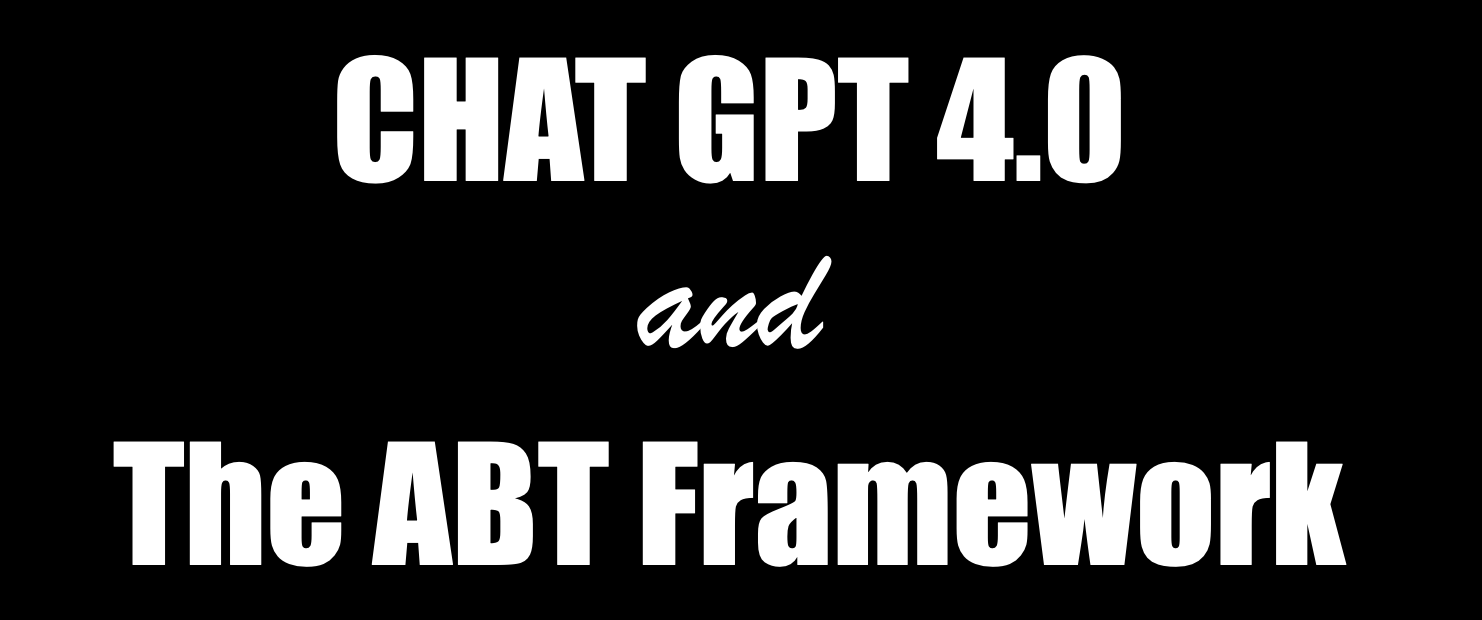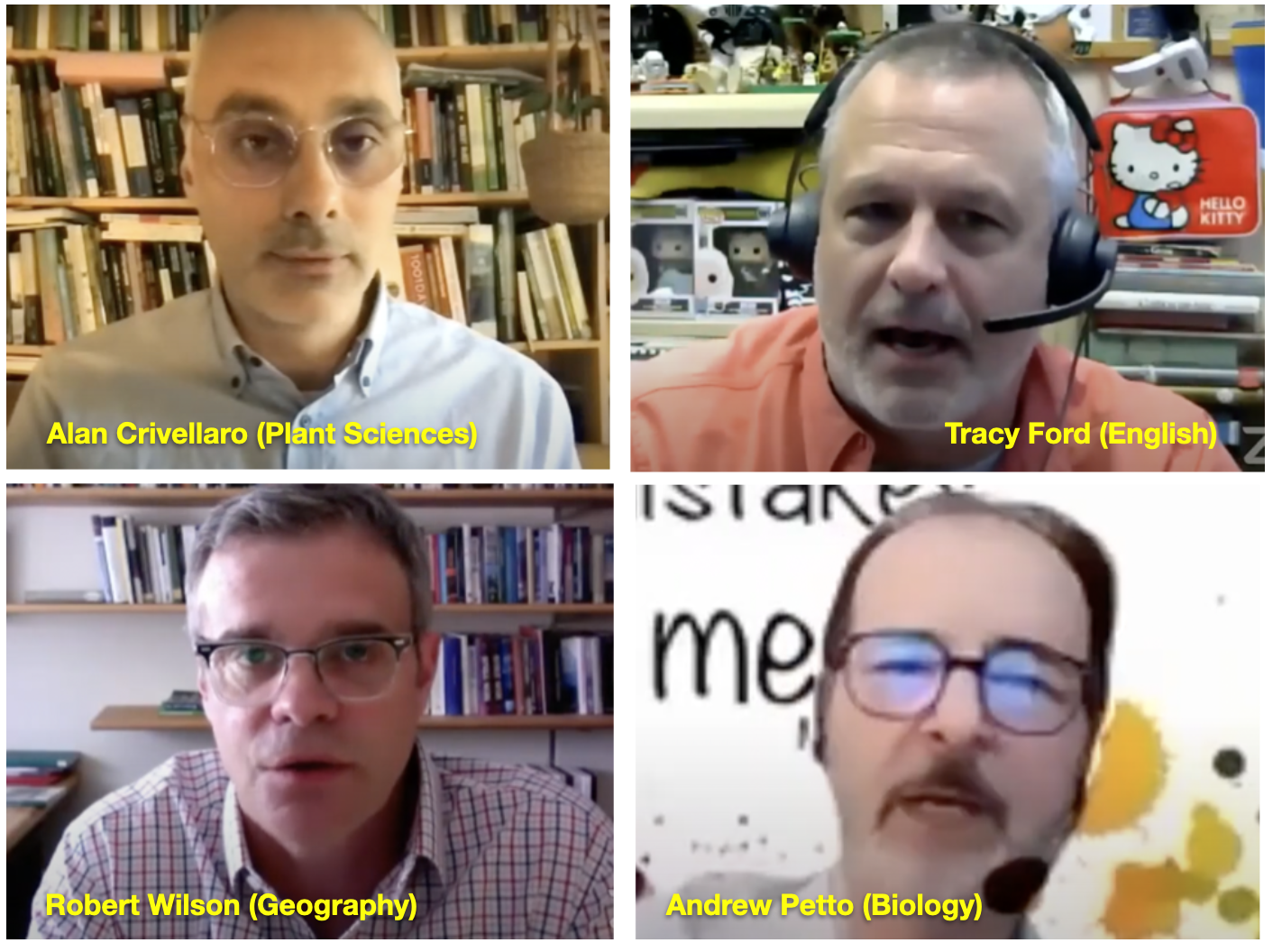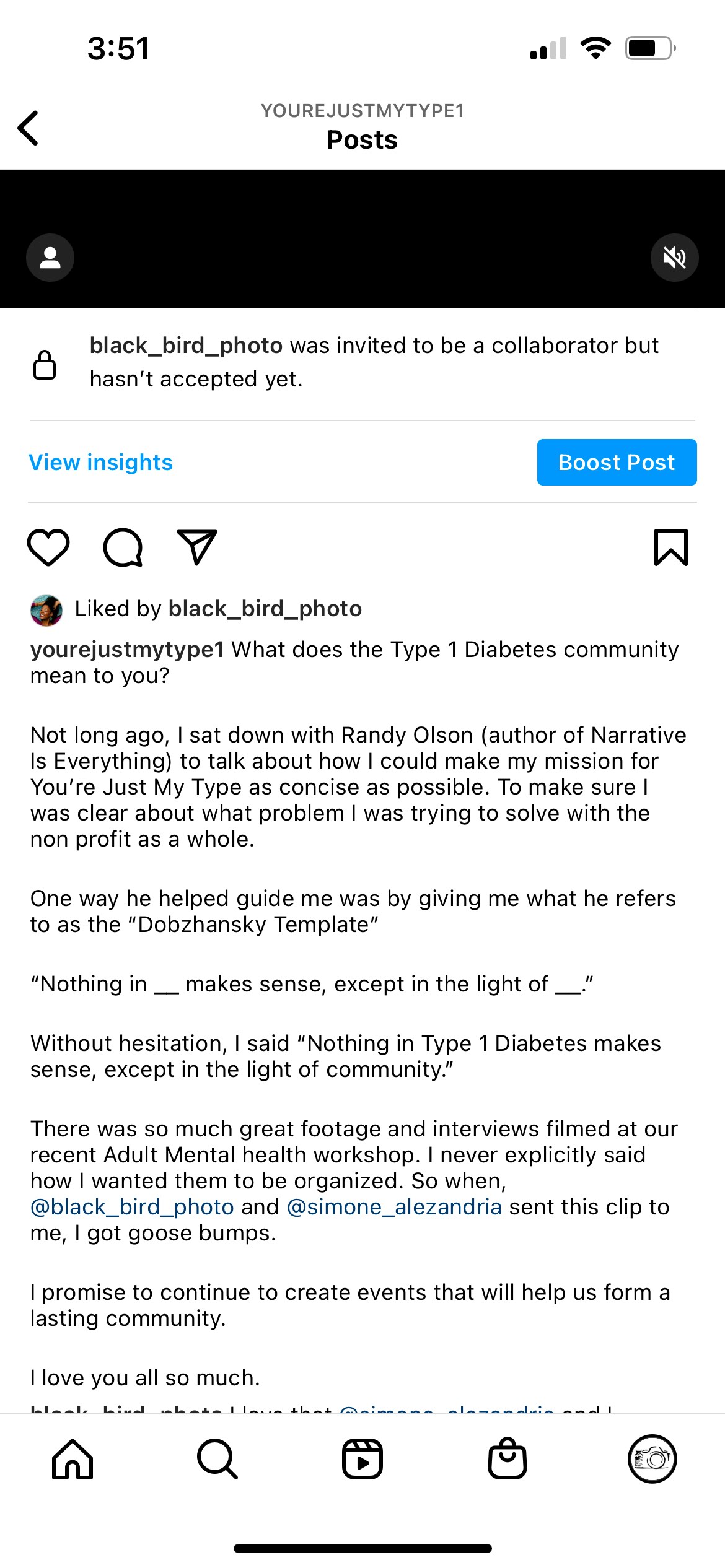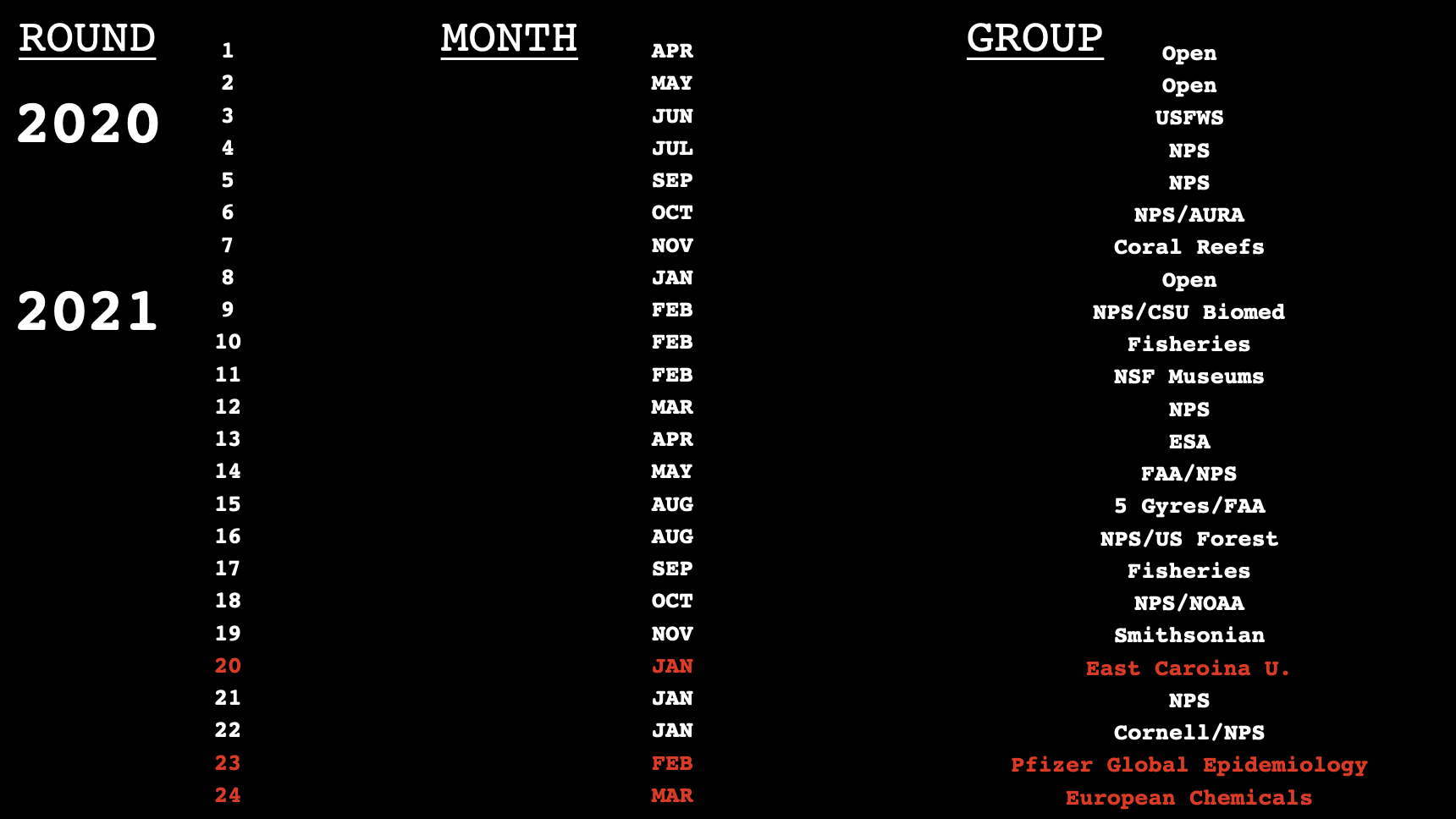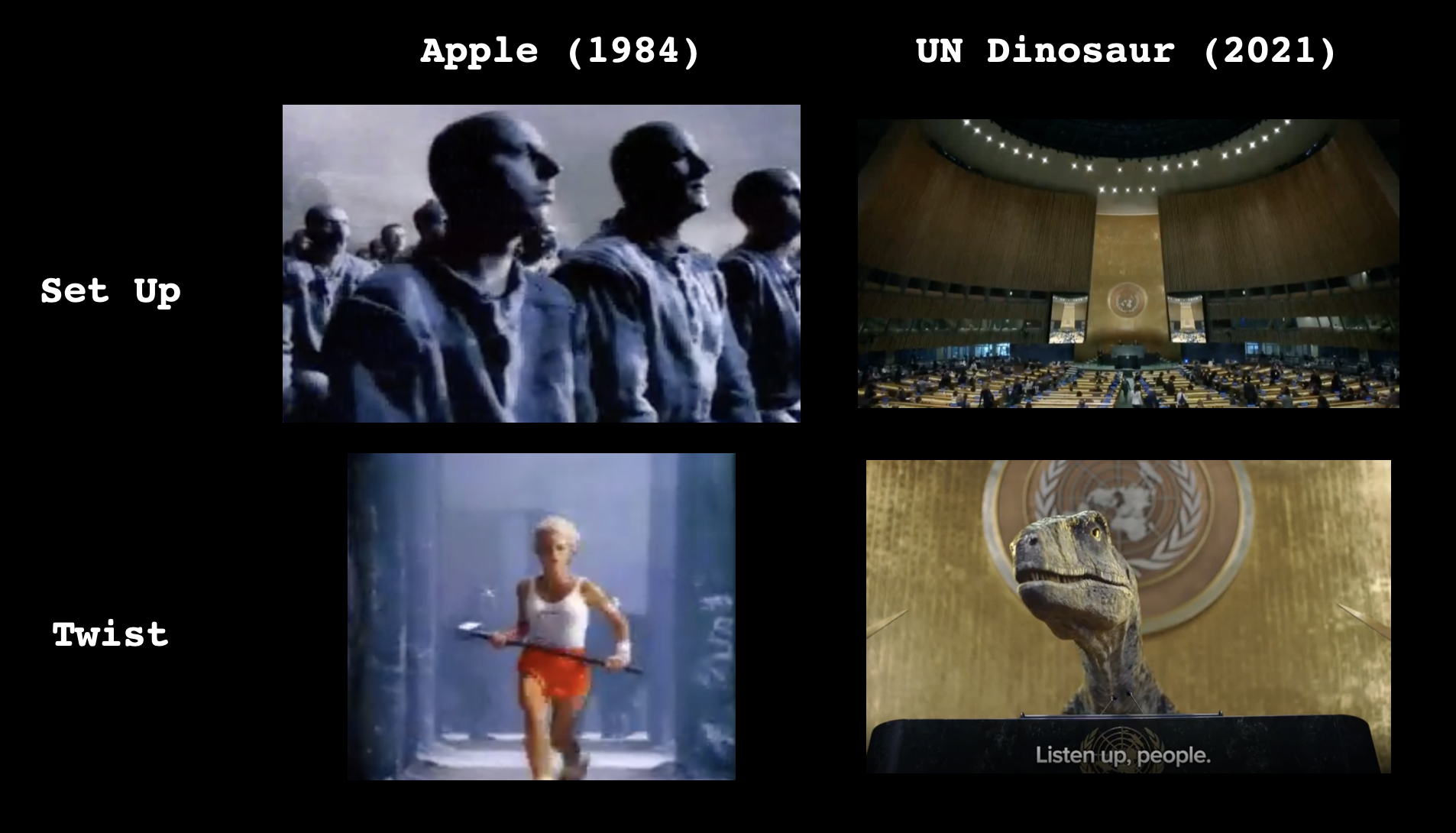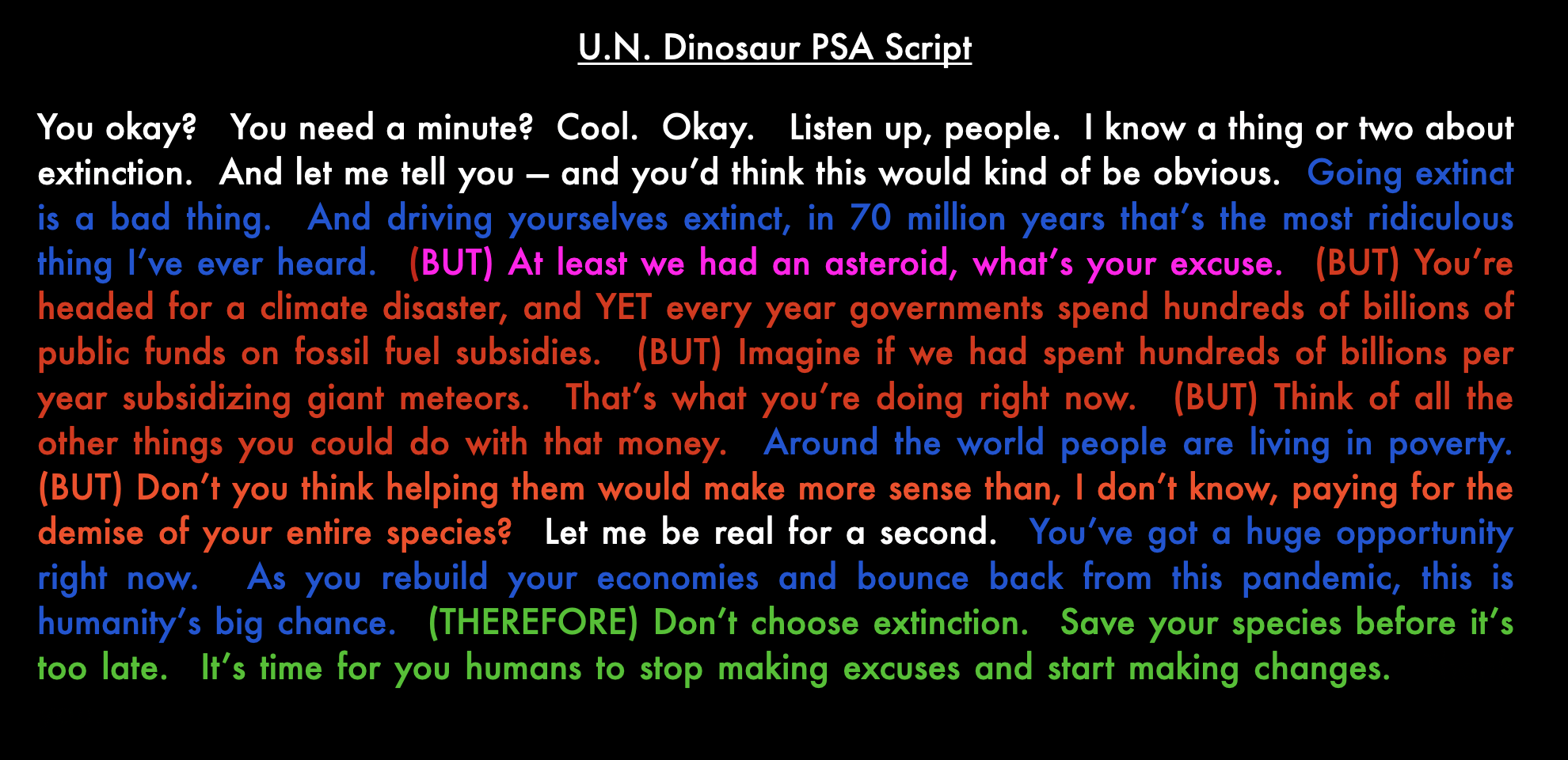Two years ago, at the start of the pandemic, Joe Rogan had on Dr. Michael Osterholm as his first COVID expert. In response to the recent controversies around the show, he brought back Dr. Osterholm for a 2.5 hour discussion. I listened to it as soon as it was posted. I don’t see any index to their discussion, so here’s my own crude notes to help you jump to specific topics if you don’t have time to listen to the entire episode.
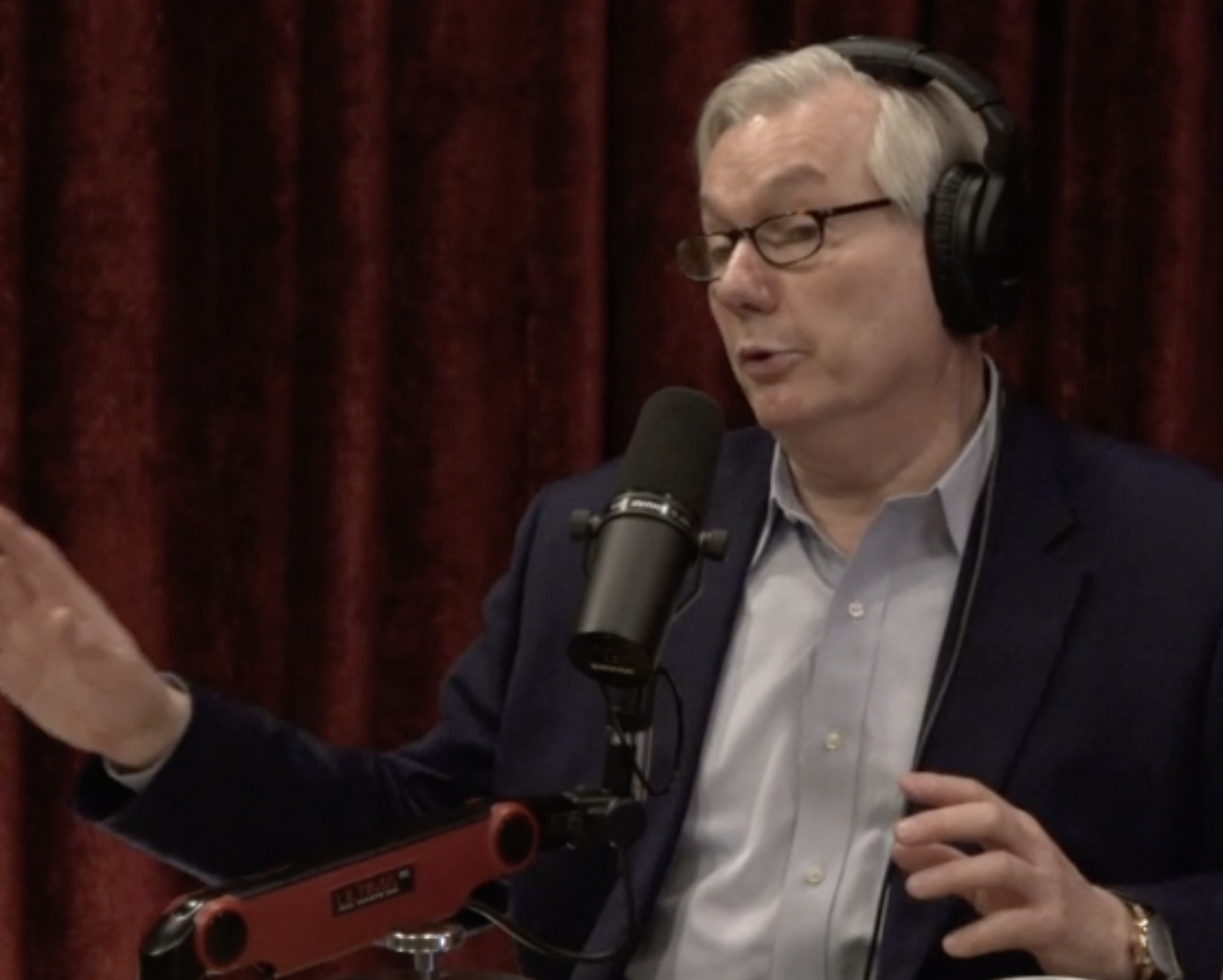
DR. MICHAEL OSTERHOLM ON THE JOE ROGAN EXPERIENCE FOR 2.5 HOURS, FEBRUARY 17, 2022
IT’S ABOUT “HUMILITY”
Dr. Osterholm opened by emphasizing the need to practice “humility” in dealing with our knowledge of COVID.
The first half hour of the discussion is almost entirely focused on “gain of function” research on viruses and the theory that COVID was a virus that escaped from the Wuhan laboratory. At 31:00 I realized Joe was still pushing this topic. From there I began taking these crude notes with time codes.
At 00:31 – Joe is STILL hitting laboratory release issue
00:33 – MO defines “gain of function
00:35 – Eco-health Alliance
00:36 – Ace 2 receptors
00:38 – Risk/Benefit issue
00:39 – “the narrative of …” — “The Entertainment Debate”
00:40 — JR: “I don’t know if that’s a good analogy”
00:41 – MO: I tell you the truth, you can take that to the bank
00:48 – rate of hospitalization for non-vaccinated
00:49 – JR: White House didn’t promote health/obesity
00:51 – JR: – how important is weight?
00:52 – Chronic fatigue syndrome/Epstein-Barr
00:54 – UFC fighters
00:56 – Definition of “long COVID”
00:57 – “mild COVID” long term effects
00:59 – how do you should you have long COVID
1:02 – new treatments from pharmaceutical companies
1:03 – AIDS taken to chronic, manageable disease — vaccines remain central,
1:03 – IVERMECTIN – 5 big trials going on, including high dose
1:04 – Paxilovid from Pfizer, has great potential
1:05 – WE NEED comprehensive system to deal with surges, impact by race, Vitamin D correlation?
1:06 – now is time to address health disparities
1:07 – “Surge Capacity for Testing”, Minneapolis fire dept, we should pay for test capacity
1:08 – some of the biggest advances in Africa
1:09 – TESTING, Ron Desantis, expired tests
1:10 – “Vendor Management” can reduce problem of expired test kits, can only put so much in stock
1:11 – can’t make test kits at the last minute, “Hope is not a strategy,” need to be planning for next surge
1:12 – Vitamin D and race, people with more melanin have less Vitamin D, is it a marker for something else?
1:13 – need more studies
1:14 – FRONT LINE WORKERS, they did the hard, dangerous work, how do we protect them?
1:15 – Novel Programs — barbers talking health, started at Univ Maryland, Dr. Steven Thomas
1:16 – Healthcare Workers – refusing to get vaccine because already had COVID
1:17 – MO: Should add previous infection as part of assessment, infection + vaccine is highly effective
1:19 – 99% of doctors got vaccinated, technicians had lower rate, health care workers brought in virus
1:21 – MO — those with previous infection should get credit for that
1:21 – MO: Moderna is better than Pfizer because stronger
1:22 – MO – J&J gets better over time
1:23 – MO PREDICTION: we will be talking about the preferred “heterologous approach” — one dose of mRNA, one dose of J&J
1:23 – MO: CIDRAP doing study of new versions of the vaccine
1:24 – JR: exposure might not be as strong as hoped for, MO – we don’t know what’s meant by “having antibodies”
1:25 – can tell you protective level for measles, but can’t for COVID yet
1:26 – MO: Rocket science is easy, immunology is complicated, COVID is a good opportunity to get better
1:27 – JR: Can we some day boost OVERALL immunity? MO: there is no “natural immunity”
1:28 – MO: other kind of immunity — innate immunity, you want more specific, recognized immunity
1:29 – MO: must be careful about boosting overall immunity — don’t want one overall boost
1:30 – MO: CANCER VACCINES have a huge future, mRNAs got initial boost from cancer research
1:31 – MO: most important thing is overall staying healthy
1:32 – JR: What causes the adverse response to the vaccine? Myocarditis being major one
1:33 – MO: risk of myocarditis much greater from COVID than the virus, virus does A LOT to the heart
1:34 – JR: Does vaccine cause heart problems? MO: Zero cases of this JR: what causes myocarditis from virus
1:35 – JR: Any understanding of how to prevent myocarditis
1:35 – MO: only 2 cases under investigation of people who died from myocarditis from vaccine
1:36 – MO: more concerned about thrombosis (blood clotting) from J&J vaccine, JR: ceasing of J&J vaccine?
1:37 – MO: reduced production because for excess inventory, don’t like term BOOSTER, look at waning immunity
1:38 – “Booster” wanes at 6 months, should change terminology to 3 DOSES, immune compromised should get 4 doses
1:38 – JR: What’s up with Israel? High number of unvaccinated, had surge within them
1:39 – MO: just covered on my own podcast, surge was from UNVACCINATED
1:41 – looking up papers on Israel surge
1:42 – MO: Omicron 2-3 times more infectious
1:43 – Israel is 40% unvaccinated against omicron
1:44 – omicron evades original vaccination
1:47 – numbers show that VACCINES WORK
1:48 – “We can’t boost our way out of this pandemic” — the problem: waning immunity
1:50 – JR: an attenuated COVID vaccine? MO: “live attenuated” could be one way to go, too early to say
1:51 – PROBLEM – in January of 2021 we jumped on the mRNA bandwagon thinking it would do everything, not perfect
1:52 – MO: what is going to be vaccine 2.0
1:52: JR: What are your thoughts on monoclonal antibodies? MO: addressed this week on my podcast
1:53 MO: we have monoclonal antibodies not being used
1:53 JR: why did they get rid of first monoclonal antibodies?
1:55 JR: which monoclonal is most effective for omicron? MO: made in UK
1:56 JR: what can be learned from the early treatment of the virus? MO: a lot WAS learned
1:57 MO: Intensive care community did so much to document
1:57JR: Are we now in better shape for a new pandemic? MO: No. 500,000 health care workers have quit
1:58 MO: very few were fired for being unvaccinated, Our heath care system is FRAGILE
1:59 JR: What could be done to prepare for new pandemic? MO: Better prepared for surge capacity
2:00 MO: Have lost so many senior doctors. All 8 Minnesota health care groups took out full page ad.
2:01 MO; health care workers were vilified
2:01 JR: Do masks work? MO: You tell me, what’s similar between a 727 and a car? JR: they both hold people? MO: both have tires, that’s all
2:02 MO: Poor studies on cloth masks
2:03 MO: People don’t use masks properly
2:04 JR: what are masks doing? MO: It’s a bout fit and filtration.
2:05 MO: Filtration is even more important, good masks has electrostatic charge, virus goes through cloth
2:06 MO: need major initiative to promote N-95 masks
2:07 MO: N-95 masks are now readily available for everyone
2:08 MO: Ventilation is huge, Corsi filters
2:10 MO: I don’t support general lockdown, just apply the brakes, there’s a time and a place for MANDATES
2:11 MO: wear high quality masks
2;12 JR: what could have been done to reduce the “residual effects” of the pandemic (suicides, depression)
MO: #1 reason for depression during the pandemic was LOSING A LOVED ONE
2:13 MO: Going through a pandemic is tough
2:13 MO: Public now tuning us out, why? FATIGUE, much longer than ebola outbreak
2:14 MO: problem is the long term nature
2:14 MO: we didn’t communicate clearly JR: what was done incorrectly?
MO: we gave the public wrong expectations, a year ago I made darkest days predictions
2:15 MO: too many talking heads making wrong predictions JR: Why? MO: we lacked humility
2:16 MO: have to have willingness to say I DON’T KNOW, the three most important words
2:17 JR: To wrap it up on the Israel data? MO: Vaccine, vaccine, vaccine
2:19 JR: What is going on with Africa and low rates? MO: S. Africa did have high rates
2:20 MO: much younger age distribution, still studying, other diseases have gotten worse because of disruption
2:22 MO: S. Africa has come down, but not gone away
2:22 JR: Have any countries done well? MO: Australia and NZ, even though islands
2:23 MO: look at Minnesota vs NZ, huge difference
2:24 MO: Denmark did a good job, we should copy them in the future
2:25 JR: What’s your take on doctors who put out protocols for early treatment. MO: Has to be science driven.
2:26 JR: Previous studies of ivermectin weren’t good? MO: no
2:27 MO: So many studies need to be done much sooner, as quickly as possible.
2:27 MO: Need to do a better job of telling stories.
2:28 MO: My overall message: HUMILITY


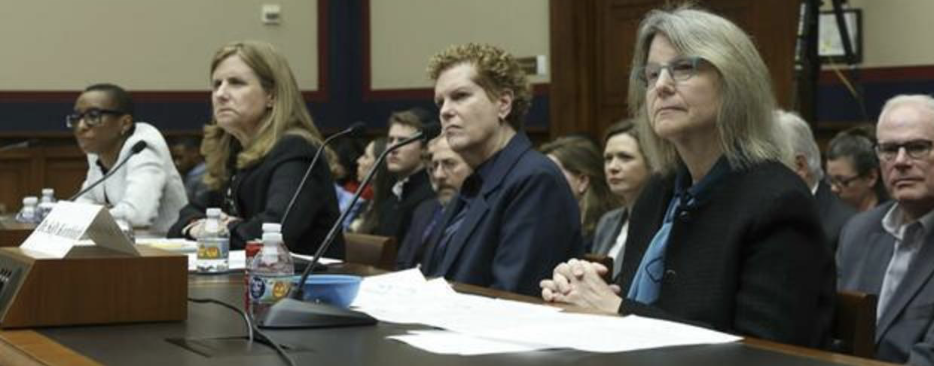 LOST THE NARRATIVE. There was no narrative flow to most of what they said in their answers.
LOST THE NARRATIVE. There was no narrative flow to most of what they said in their answers.